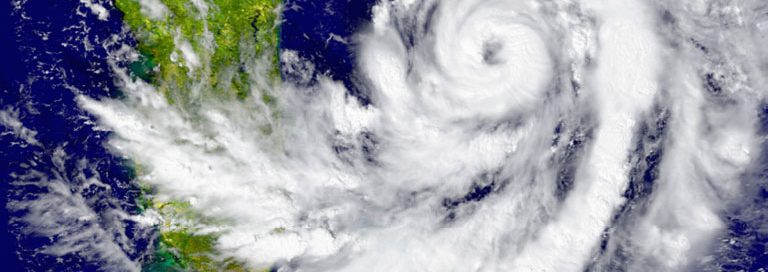Once again, Florida lies in the possible path of a tropical storm — this time, a major hurricane that could cause severe damage if it were to make landfall in the state. Even if the center of the storm remains out to sea, forecasters warn that Florida should prepare for potentially serious impacts.
This latest threat serves as a potent reminder of the importance of disaster recovery (DR) planning. Organizations should have a plan in place for protecting lives and property, maintaining communication with employees and customers, and getting back to business as quickly as possible. Given the vital importance of IT systems in business operations, DR planning should also include procedures for keeping critical applications and data online.
Of course, weather-related events represent only a small percentage of disasters. A fire, a broken pipe that floods the computer room, an extended power outage — these and many other events could cause downtime and data loss.
Various studies have shown that downtime costs small businesses about $8,000 per hour. For midsize businesses, the costs range from $74,000 to more than $215,000 per hour. However, three-fourths of businesses lack an effective DR plan, according to a 2015 survey by Nationwide Insurance. About one-fourth of businesses close their doors for good after a major disaster.
Despite the significant costs of downtime, many organizations lack the financial resources and technological capacity to implement and maintain effective DR services. In fact, 36 percent of organizations say they want a DR solution but simply cannot afford it. That’s because DR traditionally necessitated investments in servers, storage and other equipment that must be maintained and kept in sync with the primary data center.
Disaster-Recovery-as-a-Service (DRaaS) is a cloud-based alternative that puts DR within reach of even the smallest business. With DRaaS, a company relies upon a third-party service provider to set up and maintain the DR site, and ensure that data is synchronized in the cloud. Virtualization technology enables critical applications and services to be restored in minutes.
DRaaS offers three key benefits:
- Cost savings. You pay a monthly fee for the resources you need before, during and after a disaster, which eliminates the need to implement dedicated DR infrastructure and dramatically lowers ongoing operational costs. The DR environment can easily be scaled up or down as your business needs and IT environment change.
- Offsite management. DR infrastructure and processes are managed by an outside service provider, saving time, money and headaches. Also, geographic separation of the DR site from your primary data center lessens the chance that both sites will be impacted by the same event.
- Faster recovery. While many organizations lack confidence in their DR capabilities, DRaaS providers have the people, processes and technology to restore your applications and data quickly. When recovery happens in minutes rather than days, the cost and business impact of the disaster are minimized.
Disasters come in all shapes and sizes, and generally can’t be controlled or prevented. What you can control is how quickly you recover from disaster, and the impact the event will have on your company. How much money will an unplanned outage cost you per hour while you work to regain mission-critical functions and restore your operations? DRaaS is a simple and cost-effective solution that helps ensure your business can survive a disaster.
Contact Verteks for a DR evaluation and assistance in selecting the right solution for your needs.




